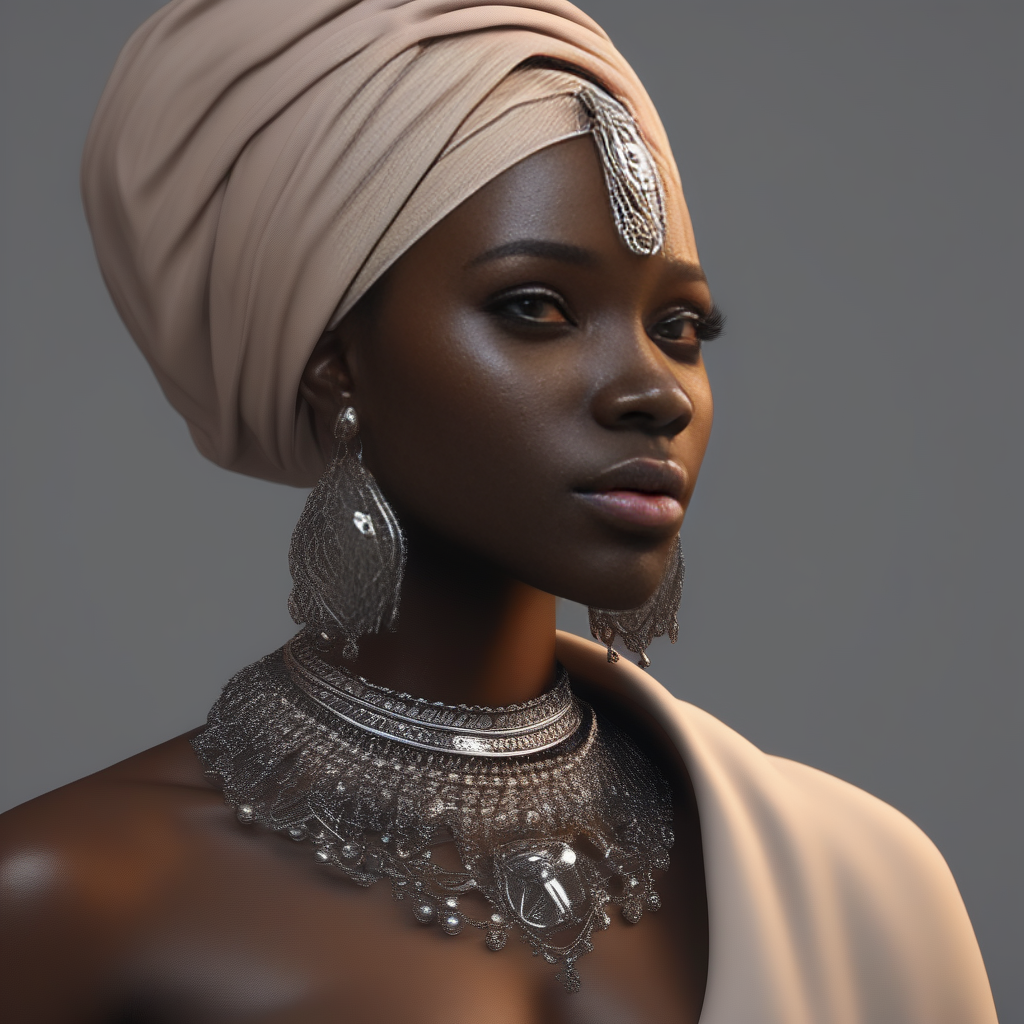Swarthiness refers to a darker complexion or the state of being dark-skinned. This term is frequently used to describe individuals with a deep, rich skin tone that may range from light brown to black. Swarthiness is often associated with people of African, South Asian, Middle Eastern, or Indigenous descent, although it can be found in various ethnic groups around the world.
Historically, swarthiness has been subject to societal opinions and prejudices. In many cultures, lighter skin tones were often regarded as more desirable, associated with notions of beauty and superiority. This preference for fair skin has perpetuated colorism, discrimination based on skin color, which impacts the self-esteem and opportunities available to those with darker complexions.
However, perceptions and attitudes towards swarthiness have evolved over time. Today, many societies are embracing diversity and actively challenging conventional beauty standards. There is a growing recognition and appreciation for the unique aesthetic qualities and cultural heritage associated with swarthiness. The fashion and entertainment industries, as well as social media influencers, are playing a significant role in promoting inclusivity and celebrating different skin tones.
While swarthiness is primarily a physical characteristic, it also holds cultural significance for many communities. Darker skin tones may be linked to ancestral ties, traditions, and symbolic representations of resilience and strength. For example, in African cultures, darker skin has been celebrated as a mark of beauty and pride, representing connections to the land and heritage.
Overall, swarthiness highlights the diversity of human appearance and serves as a reminder of the inclusivity and acceptance needed in our societies. Embracing and celebrating all skin tones is an important step towards building a more equitable and inclusive future.
